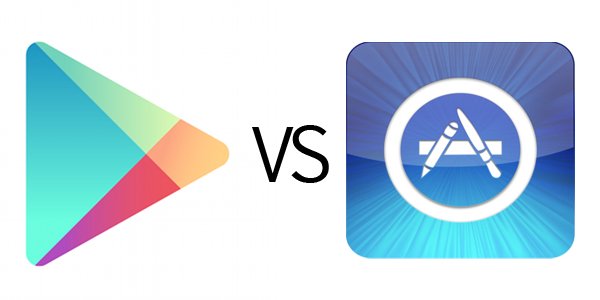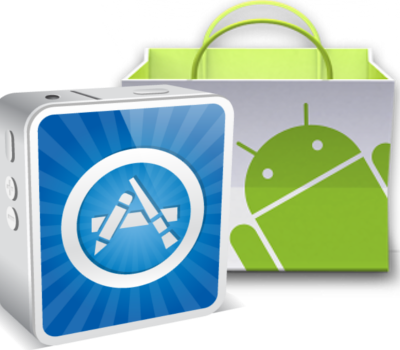Specs and sleek silhouettes may help sell smartphones, and the sim only mobile phone plans at iiNet may provide the best value when using them, but it is the apps that make them unique that have driven these devices to the forefront of our everyday lives.
The standard set of apps that are included with a smartphone delivers basic versions of the most popular features such as Internet browsing, media playback and social networking, but there are also a host of apps in online app markets that give users the power to tailor their devices to their own needs. Both of the most widely used app markets, Apple’s App Store and Google Play, offer access to this wealth of fun and functionality, although each does it in a slightly different way.

Highlights of Contents
Basics
The App Store and Google Play are relatively divergent products, with Apple’s market catering only to iOS devices and Google Play providing apps to any device that runs a Google-compatible operating systems, but the two services share similarities in that both app markets allow smartphone owners to find, learn more about and download apps directly from their devices as well as rate apps they have already used.
By sheer numbers, the App Store has more app titles than Google Play, listing well over 600,000 apps in total to eclipse the competing library of approximately 500,000 apps. However, Google Play takes more of an open-source view of the app market, providing many more free apps than the App Store, which is driven by premium app purchases.
Key Differences
The central differences between Google Play and Apple’s App Store lie in the user experience each of them is engineered to deliver. Google Play features a bright and busy interface that frequently displays paid advertisements while the App Store has a more minimalistic look without advertisements.
Google Play compensates for the clutter with an advanced search feature that uses proprietary tools to work around typos and user entry errors to deliver more accurate results with every search while Apple’s search utility for its App Store is somewhat less forgiving.
Google Play also features a more robust cloud storage solution that provides access to files downloaded from the market on any Internet-capable device associated with the owner’s account where Apple’s more limited iCloud storage service only stores digital items purchased directly though Apple on iOS devices.
Both Apple’s App Store and Google Play have positive and negative aspects which can impact their suitability for a giver user. Users seeking a more premium, streamlined experience will likely appreciate what Apple has to offer while those who value device mobility and the ability to try a variety of apps at little to no cost will be best served through Google Play.

Very good blog! Do you have any helpful hints for aspiring writers?
I’m planning to start my own website soon but I’m a little lost on everything.
Would you suggest starting with a free platform like WordPress or go for a paid option?
There are so many options out there that I’m totally confused ..
Any recommendations? Appreciate it!